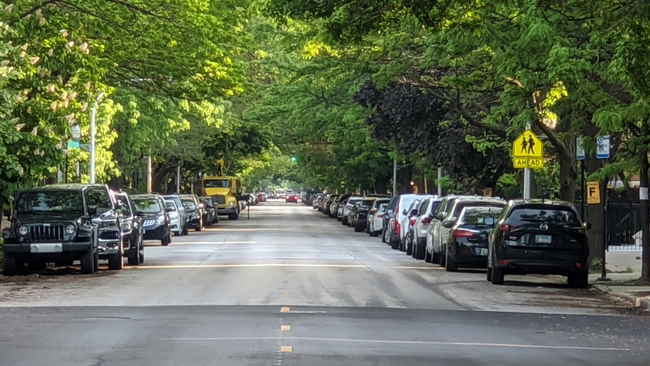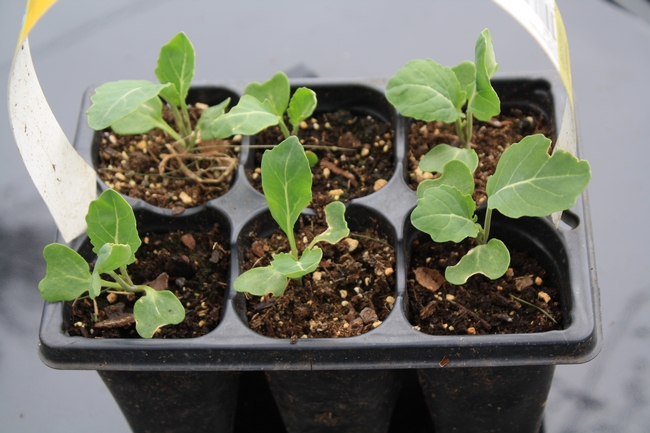
Posts Tagged: health
Avocado Healthy Soils Webinar
Avocado Café
September 12, 2024
8:00 –10:00 AM PST
Healthy soils for productive and resilient farms:
the untapped potential under our feet
Joint presentation by
Dr. Amélie Gaudin
Associate Professor and Endowed Chair in Agroecology Department of Plant Sciences, UC Davis
Dr. Kate Scow
Distinguished Professor of Soil Science and Microbial Ecology, Dept. of Land, Air and Water Resources, UC Davis
Abstract:There is great interest in building soil health to enhance sustainability and resilience in an uncertain future. We will discuss the current state of knowledge of soil health in CA and other global agricultural regions and the relevance of soil biodiversity to support soil functions that could benefit growers.
Register for this virtual meeting at
cafeavos@gmail.com

soil fauna
Benefits of Trees for Climate Change Mitigation

The best time to plant a tree was 20 years ago. The second-best time is now. – Chinese Proverb What is your happiest memory that involves trees? Hopefully, most of those memories are positive. Trees provide a multitude of benefits that are hard...

Craig Vodnik on unsplash.com
Soil Health Assessment Report
Soil Biodiversity in California Agriculture: Framework
and Indicators for Soil Health Assessment
Prepared by: California Department of Food and Agriculture Below Ground Biodiversity Advisory Committee
Soil health depends on soil biodiversity.
However, external pressures from land-use change, climate change and certain agricultural practices threaten the biotic networks that underpin the delivery of soil's many ecosystem services. Yet measuring soil biodiversity is a complex task, with a wide variety of possible indicators, and methodologies that are evolving with recent technological advances. This report, prepared by the Belowground Biodiversity Advisory Committee (BBAC) convened by the California Department of Food and Agriculture (CDFA), focuses on how best to assess soil biodiversity in the context of working lands and considers current and future challenges faced by California agricultural producers, policy makers, governing agencies, and related stakeholders. The report presents information on the taxonomic and functional diversity of soil organisms, ecosystem services they provide, threats to soil biodiversity, assessment frameworks, and biodiversity indicators. Examples of how biodiversity indicators can be applied to specific use cases provide insights for soil health, sustainable and climate-smart agriculture, and biodiversity conservation in California.
Soil biodiversity is the interconnected ‘social' network of numerous species of living organisms that contribute to soil functioning. As these organisms grow, die, and interact with soil's abiotic components, they perform essential functions in carbon, water and nutrient cycling and plant growth, collectively described as multifunctionality, benefiting ecosystems and humans alike. Comprehensive assessment of soil biodiversity involves measurements of organism abundance, identity, and functional diversity or traits, ideally in tandem with measurements of soil processes, as well as interactions among organisms. Soil biodiversity and soil processes vary in space and time due to factors like location, climate, vegetation, and land management practices across California's diverse landscapes.
Soils are incredibly biodiverse habitats, containing a vast array of organisms ranging from macroscopic organisms like gophers to microscopic worms, fungi, and billions of bacterial cells. The physical and chemical properties of soils – soil texture, pH, water and oxygen content, salinity, organic matter inputs, and nutrients – determine the types of organisms found in a particular habitat. The array of organisms inhabiting soil spans over six orders of magnitude in size, and includes microorganisms (viruses, bacteria, archaea, and fungi); microfauna (protists, nematodes, and tardigrades); mesofauna (mites and springtails); and macrofauna (earthworms). Life in soil exists in ecological communities that are complex and interconnected. These interconnections provide stability to soil functions. Soil organisms are critical to regulation of greenhouse gases, both by consuming and producing gases such as nitrous oxide, carbon dioxide, and methane. Mycorrhizal fungi in symbiosis with most plant species promotes root growth and availability of water and nutrients. A broad range of soil organisms mediate the decomposition of organic inputs and enhance nutrient cycling. Other functions of biodiverse soils include soil structure formation, organic matter formation, carbon storage, water regulation, and pathogen suppression. But despite these critically important functions, the diversity and complexity of soil biodiversity makes it challenging to decipher these intricate relationships and understand the impact of human activities.
Soil biodiversity faces many of the major threats from human activities and global change that also impact soil health and sustainability of California's agroecosystems. Land use changes, intensive agriculture, climate change, pollution, invasive species, overexploitation, and loss of habitat connectivity all pose risks. These threats disrupt soil biological networks, reduce biodiversity, impair ecosystem functions, and degrade soil structure and fertility. Soil biodiversity loss reduces multifunctionality and the provision of ecosystem services, highlighting the need to recognize the value of belowground communities to overcome challenges such as climate change, land degradation, and overall biodiversity loss. Addressing these challenges through sustainable land management, agroecological approaches, and awareness campaigns is crucial for preserving belowground biodiversity to maintain provision of essential ecosystem services.
READ ALL ABOUT SOIL DIVERSITY in the Report:
https://www.cdfa.ca.gov/oefi/biodiversity/docs/Soil_Biodiversity_California_Ag_July_2023.pdf

soil food web image
Soil Health?
Soil health refers to the ability of a specific soil to perform multiple functions, including nutrient cycling, sustaining plant and animal growth, maintaining diversity, regulating water dynamics, moderating climate and a whole slew of other attributes we expect of soils. An assessment needs to approach the biological, chemical and physical properties of the soil and how they interact. It's been difficult to create a one-size fits all evaluation process of assessment. Sometimes it might be just as easy to smell it or look at how plants are growing in it to give it a rating, but these measures can be very subjective across noses and viewpoints. The USDA's Natural Resource Conservation Service has developed a field methodology that attempts to standardize some of the physical and biological parameters. The in-field assessment comes in both a short and long form. Check them out – Cropland In-Field Soil Health Assessment Guide:
Short version
https://directives.sc.egov.usda.gov/OpenNonWebContent.aspx?content=44419.wba
Long version

soil layers
Donate to UCCE Ventura County Programs on #GivingTuesday
Black Friday, Cyber Monday, Giving Tuesday.
Join us on Tuesday, December 1 for #GivingTuesday, a global day of giving that harnesses the collective power of individuals to celebrate generosity worldwide. #GivingTuesday is held annually on the Tuesday after Thanksgiving. Kick off the holiday season with us!
#PushPlayCA!
COVID-19 put the world on pause, but our mission to connect the power of UC research in agriculture, natural resources, nutrition, and youth development in our community continues to move forward. Your generosity can help ensure we continue to provide essential resources and trusted information in times of crisis and beyond.
In these challenging times, our role as problem-solvers, catalysts, collaborators, educators, and stewards of the land is more important than ever.
With your support, we can continue to invest in research, education, and services in our community—to be a neighbor in times of need.
Consider Donating to the Ventura County Master Gardener Program
We invite you to support our mission to extend research-based knowledge about home gardening, pest management, and sustainable landscape practices to our communities. Our program is driven by more than 200 active volunteers who use UC science-based information to offer solutions to gardening, landscape, and pest challenges. Last year, our volunteers donated 12,561 hours of service to the program.
The Master Gardener Program helps Ventura County grow by:
-
Offering water-wise workshops to help residents optimize use of a scarce resource
-
Staffing a helpline to answer questions for home gardeners
-
Working with other community organizations to maintain 9 demonstration gardens throughout Ventura County
-
Delivering dozens of educational and hands-on outreach programs and talks each year
Consider Donating to the Ventura County 4-H Program
Since 1914, the Ventura County 4-H Program has served generations of youth and families. Our motto is “To Make the Best Better.” Through our volunteer-driven experiential programs, we help Ventura County youth develop life and leadership skills that enable them to succeed. In the last 100 years, Ventura County has changed. But some things never change, including our belief in the power of youth.
4-H grows here:
-
7,300+ youth reached across Ventura County each year
-
14 community and 2 military clubs providing educational opportunities in STEM, healthy living, animal husbandry, leadership, and civic engagement
-
Outreach programs delivered in classrooms and virtually that connect youth with one of our county's most important resources: agriculture
-
Efforts driven and supported by 150 motivated and highly-trained volunteers
Help us serve even more youth by donating on #GivingTuesday
Join the #GivingTuesday Movement!
#GivingTuesday is a movement about ordinary people coming together to do extraordinary things. Whether you choose to donate your time or money this year for #GivingTuesday, thank you for helping make a difference!
Photo by Cathy Van Heest for Unsplash.

